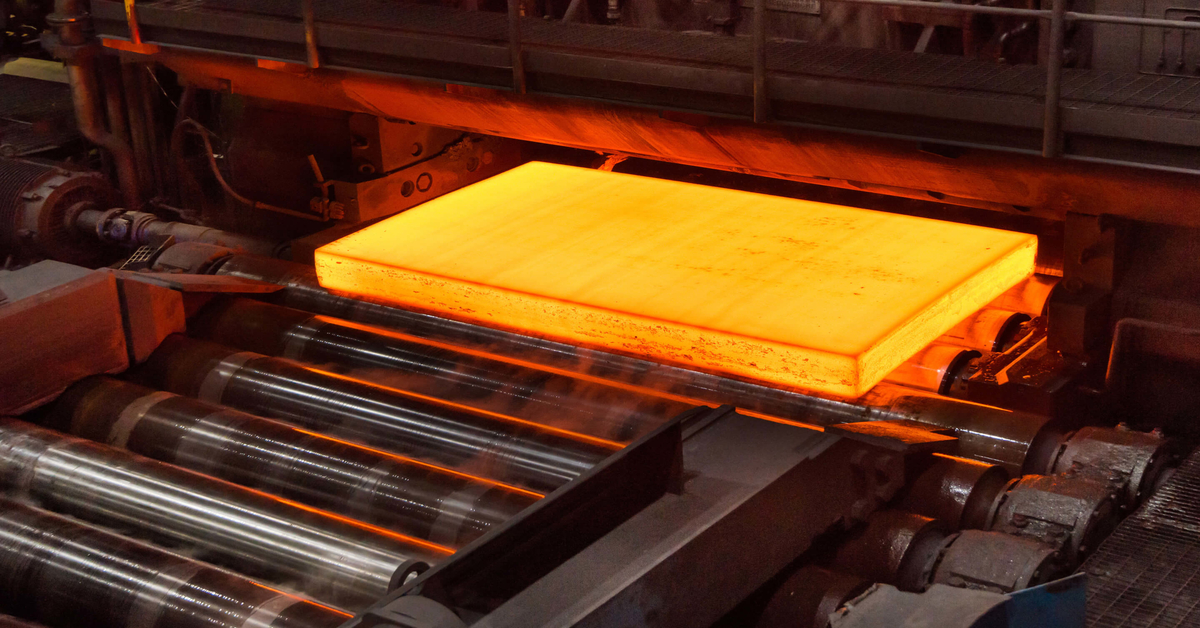Steel is one of the core pillars of today’s economy. It’s arguably the most integral engineering and construction material, and it’s present in many facets of our lives.
Steel is also among the top three biggest producers of carbon dioxide in the world. Producing 1.85 tons of carbon dioxide for every ton of steel manufactured, the industry accounts for about 8% of global carbon dioxide emissions. Facing the threat of climate change, the industry is currently adapting to reduce its carbon footprint in order to ensure long-term sustainability.
Using green hydrogen – hydrogen produced using only renewable energy – during the manufacturing process results in green steel. Green steel has a much lower carbon footprint and is one of the ways to decarbonise the industry.
Recently, the world witnessed the first customer delivery of green steel produced by a Swedish venture, HYBRIT.
Exciting times as we see one of the most polluting industries transition to a greener future!
Dirty industry.
Before understanding the role hydrogen plays in the steel manufacturing process, first let’s take a look at how steel is conventionally produced.
Steel is an alloy made up of primarily iron, with a very small percentage of carbon (typically 2%) which improves the strength of the steel.
To manufacture pure steel, iron and carbon are required. Iron in steel is obtained from iron ore, while the carbon from coal. As iron ore exists as a mixture of iron and oxygen, the iron needs to be separated from the oxygen first, while introducing a small amount of carbon at the same time. Akin to killing two birds with one stone, that is accomplished by melting the iron ore at searing temperatures (1700 degrees Celsius) in the presence of oxygen and coke, a type of coal that’s almost purely carbon. In those conditions, the iron ore releases its oxygen, which then reacts with the carbon from the coke and leaves as carbon dioxide.
Apart from releasing literally tons of carbon dioxide, the process is also extremely energy-ravenous, which is largely powered by fossil fuels – more carbon!
Cleaning up steel.
The Swedish venture, which is a collaboration between steelmaker SSAB, energy company Vattenfall and mining company LKAB, uses green hydrogen produced using renewables to manufacture steel.
During the process, green hydrogen is used in place of coke to directly reduce the iron ore into iron, releasing water instead of carbon dioxide. The hydrogen is generated from fossil-fuel-free water electrolysis using renewable energy, resulting in nearly emission-free steel production.
To truly make a dent and eventually obliterate the carbon footprint in the steel industry, much attention has to be paid to the type of hydrogen used during the process. Green hydrogen is definitely the way to go – but in many parts of the world, the cost of producing hydrogen from renewables such as wind and solar is still a major barrier.
The production of the world’s first fossil-free steel is not only a game-changer for the industry, it also represents proof that it’s feasible to make the transition and tremendously slash the global carbon footprint of the steel industry with strong policy and government support. Seeing that the global steel production is projected to grow 33% by 2050, electrifying the difficult-to-mitigate steel industry is clearly becoming a must, not a choice.




































